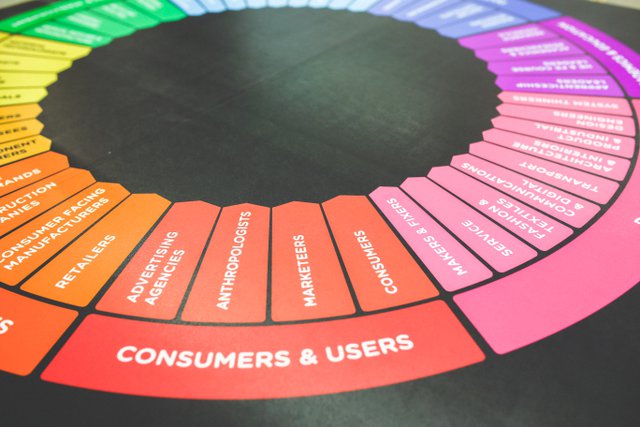For the past few years, a big chunk of the tech sectors marketing budget has been spent on buying “Lists”. By this I mean big spreadsheets or databases containing the contact details of people and companies who meet certain criteria. For example, UK Oracle Users. The lists are a snapshot in time and start to age the minute they are collated.
Ordinarily, these details are passed to a telesales agency or inside sales team to call or email with the aim of securing a follow up appointment or demo. The success rates vary dramatically based on the quality and age of the list, agents and message being communicated, and in recent years I think there has been a general acceptance that it’s been getting harder to get results from such campaigns and that the data within them is quite often so badly aged that it causes a lot of frustration for the agents and target companies.
That said, call-outs and email campaigns have still been one of the top channel activities signed off by vendors, as they fit neatly into the quarterly funding cycles they operate within.
Within IQBlade we also have the concept of “Lists” and just like the example above, they contain the details of companies who fit certain criteria. There are some important differences in how the data is gathered and maintained however, and these are what allow us to significantly change the game when it comes to identifying and engaging the right companies for a campaign.
The data within the IQBlade SaaS platform is continually updated with many API’s and data gathering scripts running 365 days a year, 24 hours a day. A number of KPI’s are in place to track the breadth and depth of data and ensure that it gets refreshed on a regular basis.
Alongside structured data that changes infrequently, such as financial records or accreditations, IQBlade is also aggregating unstructured data from many News and Social Media outlets to identify events that might trigger a change in strategy or an opportunity to speak to that company. The information is fed live to a User enabling them to react quickly and adapt their message and approach accordingly.
The old style of List usually contained 100s if not 1,000s of records and therefore required a lot of effort to work through. An IQBlade list is usually no more than 100 companies. This is because the data is a lot richer, allowing the creation of a very specific target profile. The example used previously now becomes UK Oracle Users with turnover of £100million+, have grown by 25% in the last year, >500 employees, they also use SAP ERP, are based in the South East and have just announced a merger with a company in the North.
The cost of IQBlade over 12 months is probably similar to buying a Static List, however the number of companies to engage is significantly reduced, you know a lot more about the organisation and can communicate a very specific value proposition for them. Therefore, your cost of sales will be lower, but the conversion rate higher. Over that 12-month period your sales agent will have access to the latest information and can “Follow” them to receive updates via email each week.
We recognise, that it might be a little harder to fit an IQBlade campaign into the quarterly funding cycle forced upon the channel, but we have various ways of overcoming this hurdle and would welcome the opportunity to explore which works best for you.





